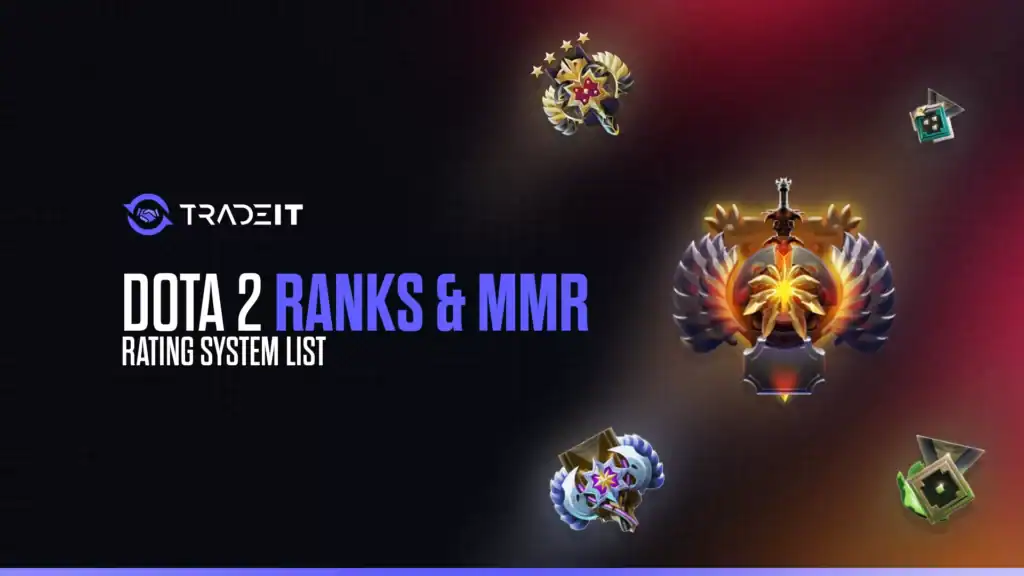Dota 2 uses a ranking and matchmaking system known as MMR (Matchmaking Rating) to assess and match players of similar skill levels.
Whether you’re a newcomer trying to climb the ranks or a veteran aiming for Immortal, understanding how Dota 2’s rank and MMR system works is crucial. This guide breaks it all down clearly and concisely.
What Is MMR in Dota 2?
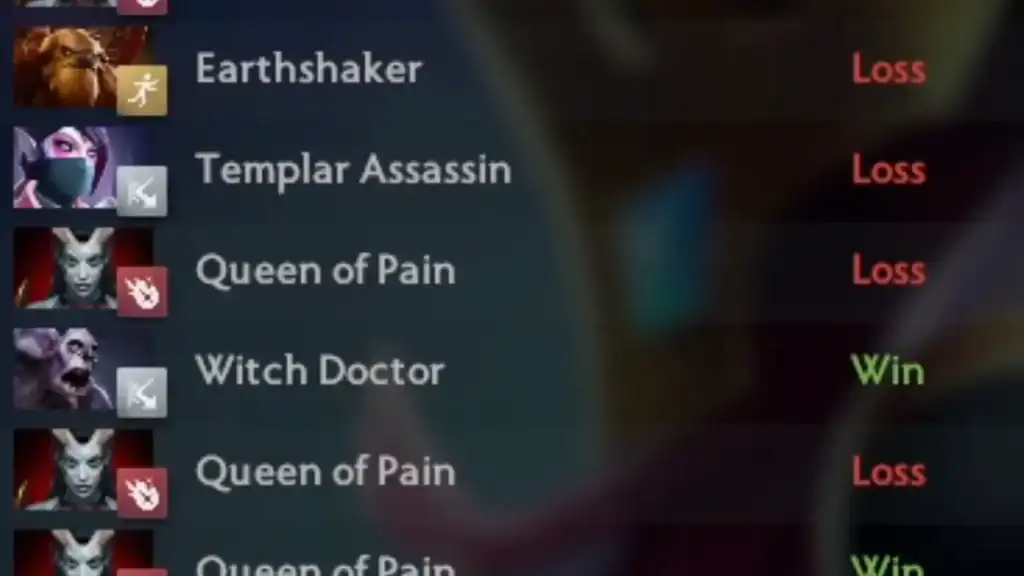
MMR (Matchmaking Rating) is a numerical value representing your skill level in ranked Dota 2 games. The higher your MMR, the better you’re presumed to be, and the tougher your opponents will be.
Dota 2 uses two types of MMR:
- Core MMR (used for roles like Carry, Mid, Offlane)
- Support MMR (used for Soft and Hard Support roles)
You can queue for a specific role, and your performance in that role will adjust your rating accordingly. This dual-system allows Valve to better evaluate your abilities based on role-specific performance.
Dota 2 Rank Tiers Explained
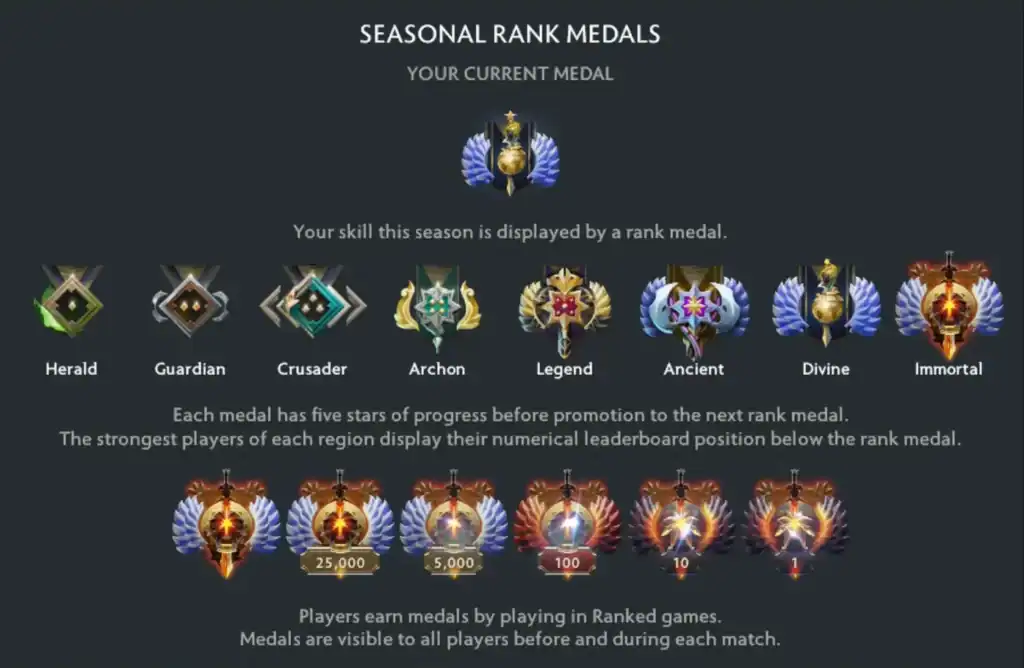
The Dota 2 ranking system is divided into eight main tiers, each with five stars (subdivisions), except for the highest: Immortal. Here’s a full breakdown:
| Rank Tier | Description |
| Herald | Entry-level players and beginners |
| Guardian | Players beginning to grasp game basics |
| Crusader | Low-intermediate skill level |
| Archon | Average skill; developing team play |
| Legend | Above average; consistent gameplay |
| Ancient | High-level players with strong skills |
| Divine | Very skilled, near-top competitive |
| Immortal | Top-ranked players in the region |
Herald → Divine have 5 stars each, acting as progress checkpoints within the rank.
Immortal is unique. It has no stars, but it includes a regional leaderboard, showing top players in each server region.
How Is MMR Calculated?
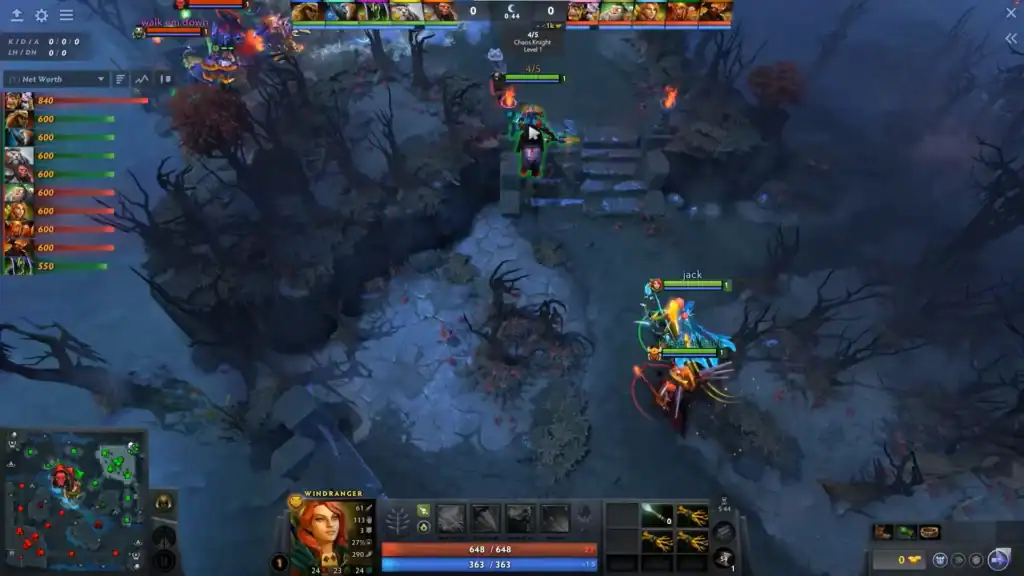
After completing your placement matches (usually 10 per role), the game assigns an initial MMR based on your performance and win/loss ratio. From there:
- Winning a match: Gains you MMR (typically around +30)
- Losing a match: Deducts MMR (typically around –30)
This number fluctuates with each ranked game you play. Your visible rank tier and stars update to reflect your MMR.
Note: The actual MMR needed to reach each rank isn’t officially published, but here are general estimates:
| Rank | Approximate MMR Range |
| Herald | 0 – 769 |
| Guardian | 770 – 1539 |
| Crusader | 1540 – 2309 |
| Archon | 2310 – 3079 |
| Legend | 3080 – 3849 |
| Ancient | 3850 – 4619 |
| Divine | 4620 – 5420 |
| Immortal | 5420+ (varies by region) |
Role-Based Calibration
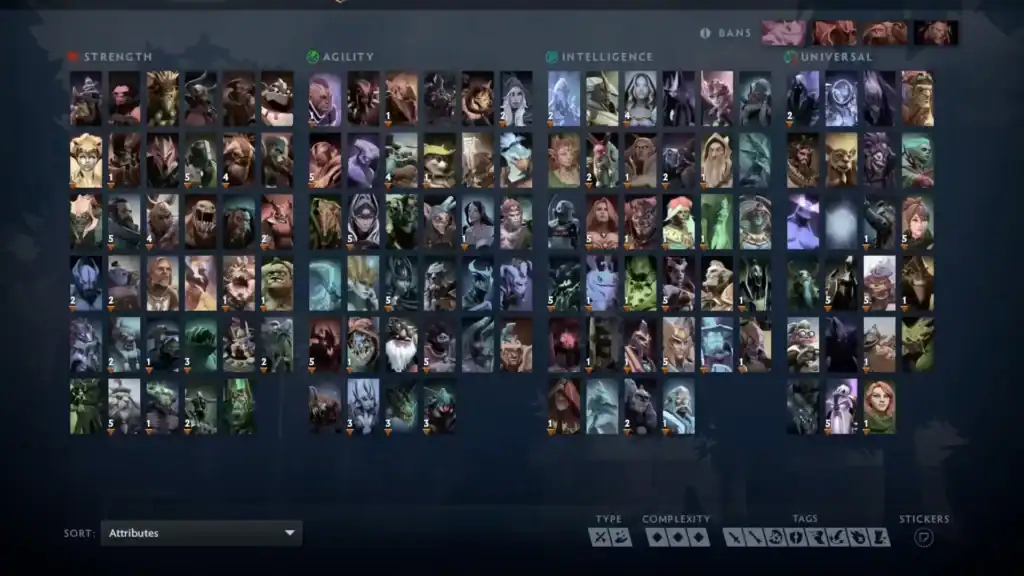
Dota 2 introduced role-specific MMR to address players performing inconsistently across roles. You now calibrate separately for:
- Core Roles (Safelane Carry, Mid, Offlane)
- Support Roles (Position 4 and 5)
This way, a fantastic carry who’s mediocre as a support won’t be unfairly penalized—or rewarded—based on games outside their best role.
Seasonal Rank Reset (Calibration)
Every few months (usually around major patches or Dota Pro Circuit seasons), Valve introduces a seasonal reset, requiring players to:
- Complete 10 calibration games again per role
- Reassess their skill level for the new season
This reset helps adjust your rating if you’ve improved—or declined—over time. Your prior season’s performance influences your calibration outcomes.
Tips to Climb MMR Effectively
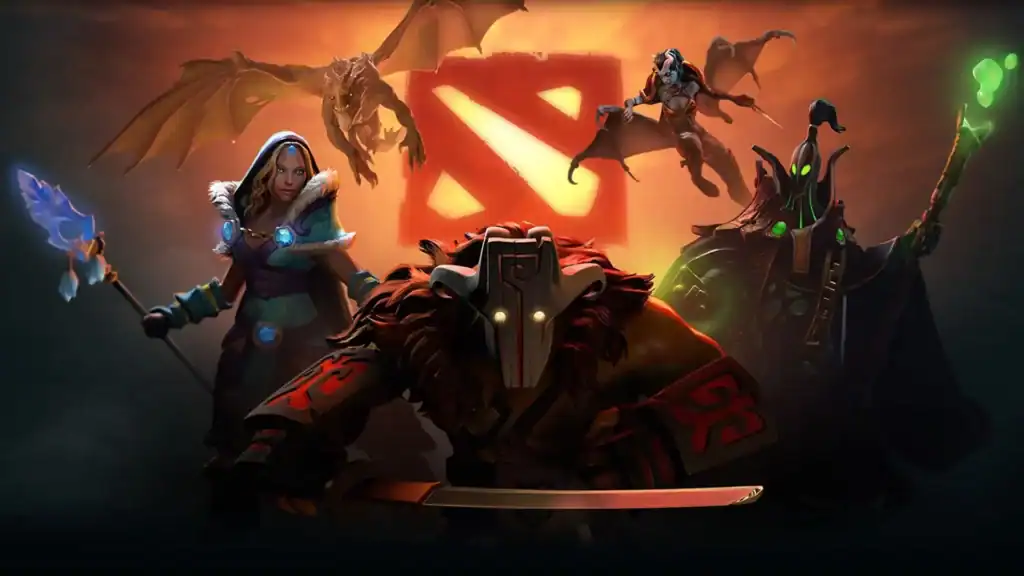
Climbing ranks in Dota 2 is tough, especially at higher levels. Here are some smart strategies:
Specialize in a few heroes
Master 3–5 heroes in your favorite role for consistency.
Play your best role
Don’t experiment in ranked. Stick to your strengths.
Stay positive
Mental tilt ruins more games than poor mechanics.
Communicate
Even basic callouts or pings help team coordination.
Review replays
Learn from mistakes, not just blame teammates.
To reach the top ranks, you will need to master as many heroes associated with your chosen role as you can. For example, to be a complete Midlaner you should absolutely learn how to play heroes like Ember Spirit and Invoker.
What Happens at Immortal Rank?
Once you reach Immortal, your rank becomes regionally visible via a leaderboard. You’ll see:
- Your Immortal badge
- Your top X leaderboard position (ex: “Top 250 Europe”)
These are the best players in the region, and many are streamers, semi-pros, or aspiring professionals.
Immortal players typically have 5500–10,000+ MMR, and from this point onward, it’s a pure grind based on performance and consistency.
Is MMR Visible in All Games?
Yes, for ranked. You’ll see your current role MMR and badge.
No, for unranked. Your MMR doesn’t change, and matches are based on hidden matchmaking factors.
Also, party MMR is calculated separately when queueing in a team.
Conclusion
The Dota 2 rank and MMR system is an intricate balance of performance, consistency, and teamwork. It’s not just about raw mechanical skill — decision-making, communication, and attitude all contribute to your success.
Whether you’re grinding from Guardian to Legend or eyeing a Divine badge, remember: your MMR doesn’t define your worth, but it does track your journey. Play smart, stay cool, and enjoy the climb.
FAQs
There are two ranked role categories: Core (Carry, Mid, Offlane) and Support (Position 4 and 5). Each has its own separate MMR.
Typically, you gain or lose around +30/-30 MMR per win or loss in ranked matches.
Yes, your exact Core and Support MMR are visible in the Ranked tab, along with your current rank tier and stars.
MMR is usually reset every few months during seasonal updates. You must complete 10 calibration matches to establish your new rating.
Immortal is the highest rank. It has no stars but includes a regional leaderboard showing top players by exact rank placement.


